7th January 2021
Models of Therapy: Comparing / Contrasting
As our understanding of the mental processes that occur during addiction has evolved, so have our therapeutic approaches in treating this “dis-ease.” Cognitive Behavioral Therapy has become increasingly popular for dealing with addiction, to the point where it now rivals the 12-Step approach as the “go-to” treatment for many clinics and practitioners. But there are numerous other approaches out there, each with their own set of adherents and detractors. Let’s take a look at the models sparking debate in today’s recovery landscape.
12 Steps And Cognitive Behavioral Therapy (CBT)
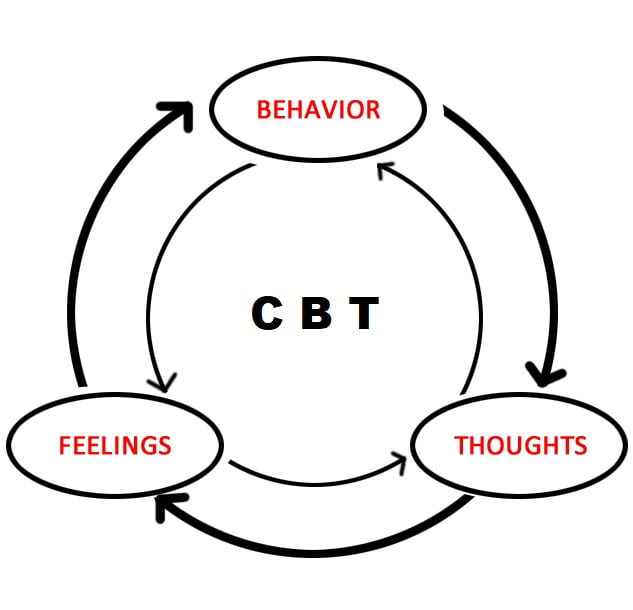
Since these are the two most well-known and frequently used therapeutic models in addiction therapy, we’ll begin by taking a look at how these approaches differ from each other, and whether they can be used in tandem.
One of the primary differences between the approaches is the “locus of control.” 12-Step models begin by pushing the addict to admit that they are “powerless” in the face of their addiction, while CBT is a method of self-help that aims to teach clients that they have the ability to regulate and control their own behaviors. The two attitudes are seemingly at odds, but as therapists at the Beck Institute note: “Patients sometimes ask us, “How can I take part in Cognitive Behavioral Therapy self-help if I have to admit to being powerless?” Our answer is that the “powerlessness” which they are acknowledging has to do with their prior behavioral and cognitive habits that were maintaining their problems with substances.” So while there is a philosophical difference between the two approaches, they can be reconciled.
Another seemingly large difference between the two methods is their guiding philosophies. The 12 Step program was initially inspired by the Oxford Group, a Christian organization which both Bill W. and Dr. Bob (the program’s founders) belonged to. As a result, spirituality is an essential component of the method, figuring prominently in the 12 Steps, 12 traditions, and Big Book. While strong efforts have been made to become inclusive of members of all faiths, agnostics, and even atheists, the spiritual component remains foundational to the movement. The 12 Step model is also based on the idea that addiction is a life-long condition without a cure, and that an addict will be an addict (hopefully in recovery) forever.
Meanwhile, CBT is based upon scientific principles rather than spiritual ones. It is meant to provide time-sensitive, practical solutions to a patient’s problems, whether with addiction, or any other disorder. It borrows components from a broad range of other therapeutic models but is essentially focused on identifying goals, and working towards them by recognizing and changing harmful patterns of thought and behavior. Simply put, the goal is to develop skills in recognizing what type of situation you’re in, moderating your thoughts and behaviors accordingly, and reacting in the way you desire. CBT models for treatment view addiction as an undesirable behavior that, when eliminated, is cured.
One final difference is the way each approach views harm reduction. The 12 Step model is based on absolute, life-long abstinence. Any slip in sobriety, even a single beer or joint, is viewed as a failure that puts the addict back to square one in treatment. CBT-based models, on the other hand, view their goal as allowing clients to lead healthier lives, and view any decrease in drug use or even a move to safer habits when using, as worthwhile goals and improvements which should be praised, and built upon.
While the differences in philosophy and approach are certainly significant, the two programs are certainly not irreconcilable. As one of our favorite precepts from the world of recovery states: “take what you need and leave the rest.” We’d guess that the majority of those in recovery have used elements of 12 Step programs and CBT in their journey to sobriety, and we’d recommend that you experiment with both and see what works for you.
SMART Recovery and The 12 Steps
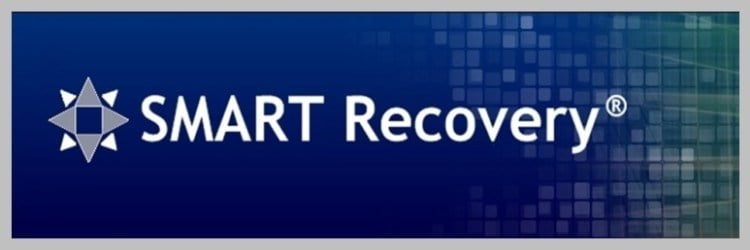
Now that we’ve taken a look at the philosophical elements of both programs, let’s take a look at the differences in practice. The principles of CBT have inspired the SMART Recovery program, which can be either an alternative or a complement to 12-Step Programs. 12-Step meetings are led by peers and based on the principle of “sharing”, with participants offering their advice, experience, and struggles. In a 12-Step meeting, there is no “cross-talk”, meaning that you can’t comment on or criticize what someone else has shared. SMART Recovery meetings, on the other hand, are led by professional therapists or counselors, and cross-talk is allowed and encouraged. One powerful tool that the 12-Step model offers is the sponsor, someone who has been in recovery for a while and completed the steps, who provides advice, support, and fellowship with a newcomer. The sponsor is an extremely valuable resource for emotional support and they have proved crucially important for many recovering addicts and alcoholics.
The two approaches also differ in their conception of the addict’s journey to sobriety. In most 12-Step programs, individuals are encouraged to regularly go through the steps again. The idea that anyone in recovery is always in danger of relapse is common, hence the precept “too many years and not enough days,” which roughly means that an alcoholic or addict has become complacent, stopped actively practicing the steps, and relapsed. SMART Recovery, on the other hand, feels that those in recovery can become cured. As they write:
For many sincere participants there will come a time when attending our groups, or participating in our other services, is more in conflict with the pursuit of their life goals than enhancing them. Although these participants will always be welcome back if they want to come, this conflict signals that the time for graduation has arrived.
Other Alternatives
Existential Therapy

This form of therapy is based on the principles of existential philosophy as developed by thinkers such as Jean-Paul Sartre and Albert Camus. Treatment focuses on identifying questions relating to the meaning of life, the responsibilities, and freedom individuals have to make choices, and the individual’s place in the universe and society. This method of treatment is probably more valuable to individuals who are already on their way in recovery and are looking to find meaning in their lives and make positive choices.
Gestalt Therapy
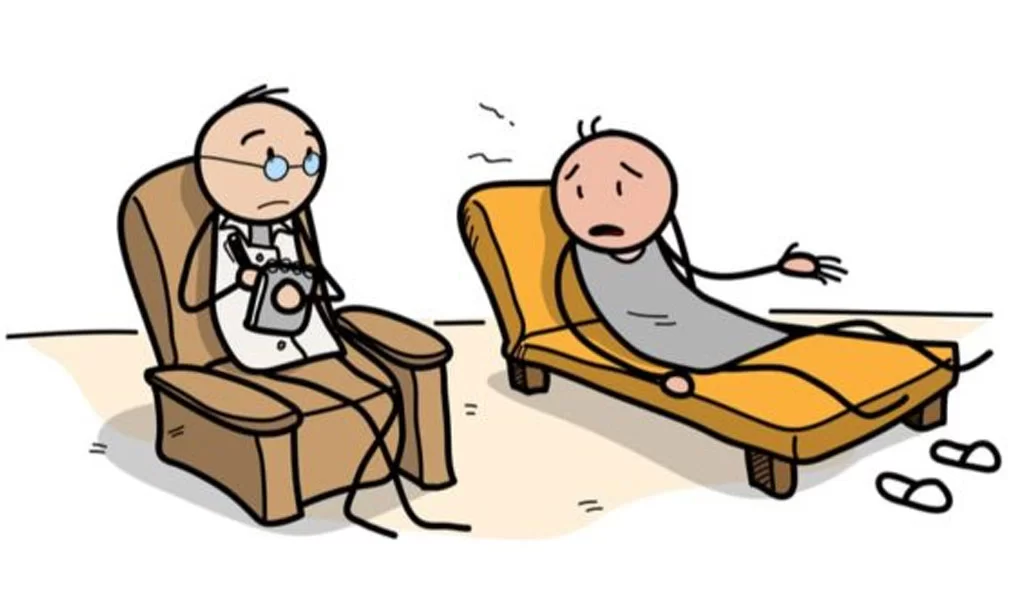
Gestalt Therapy is based on the goal of pushing the patient towards an understanding of the present based on their current reality, rather than preconceptions based on what has happened in the past. The goal is to eliminate negative thought patterns and build awareness of the control and responsibility individuals have over situations and emotions. Gestalt Therapy employs guided visualizations to promote self-awareness and personal ownership while emphasizing that recollections of the past are inherently unreliable. The guiding philosophy is that self-awareness in the present will result in more positive choices relating to physical and mental health. Gestalt Therapy is a good option for those looking to move on from past traumas.
Holistic Therapy

Holistic Therapy is a broad umbrella that contains a wide range of treatments that are generally personalized for the patient. These treatments are most effective as a complement to other forms of therapy, working to rebuild the overall well-being of those in recovery and also deal with the symptoms of withdrawal. Yoga, Tai Chi, mindfulness practice, art therapy, equine therapy, exercise, nutrition, breathwork, and music are all examples of holistic therapy. While the benefits of holistic therapy may seem peripheral to treating addiction, rebuilding overall health, learning to practice self-care, and creating positive patterns of behavior are all extremely important elements of learning to live a healthy and sober life.
Naikan Therapy

Naikan is the Japanese term for “looking inside” or “seeing oneself through the mind’s eye.” The therapy was pioneered by Ishin Yoshimoto, a devout Buddhist who sought to offer a more accessible opportunity for everyone to benefit from the arduous self-reflection demanded by many Buddhist sects.
Naikan is designed to allow us to investigate and gain perspective on our relationships with ourselves, the other people in our lives, and the nature of existence. It is focused on three fundamental questions that define interpersonal relationships:
What have I received from ______?
What have I given to ______?
What troubles and difficulties have I caused ______?
Naikan has proved useful for those dealing with addiction because it allows the patient to let go of resentments, a source of emotional pain that is particularly damaging for those dealing with addiction. Many of those who practice Naikan come to realize how much others have contributed to their lives and cultivate an invaluable sense of gratitude towards those around them.
Person-Centered Therapy
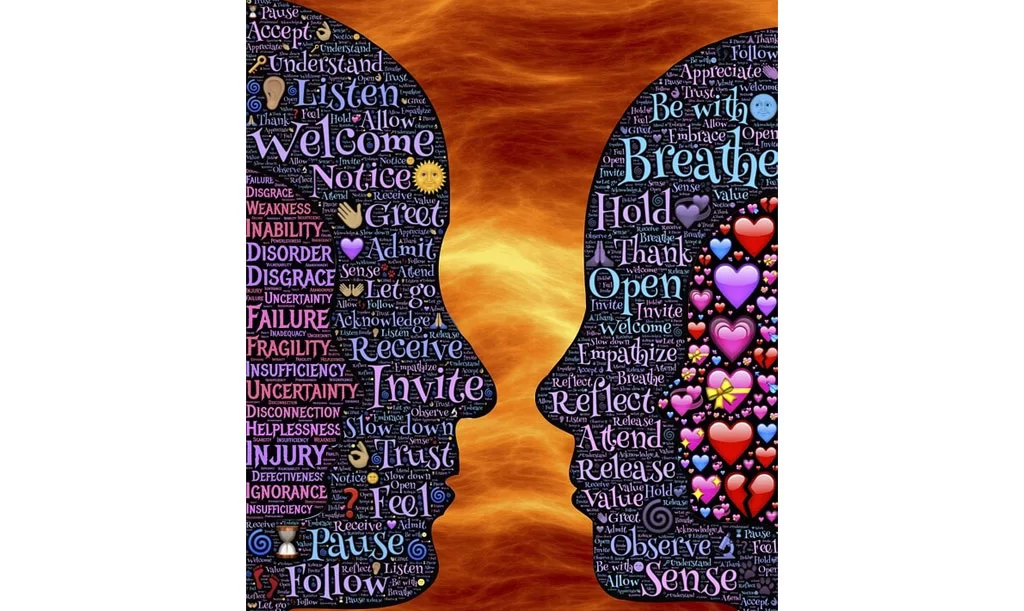
Person-centered therapy is a form of treatment where the client takes the lead, and the therapist acts as a “compassionate facilitator.” In this form of therapy, the therapist refrains from steering conversations and judging or interpreting what is said. They’re meant to exhibit empathy and encouragement while encouraging you to listen to yourself and take control of your own life. Their role is to simply guide you through the process of self-exploration, allowing you to draw your own conclusions and grow on your own. This form of therapy is recommended for highly motivated people, as well as people who struggle with trust and self-confidence issues.
Therapeutic Communities
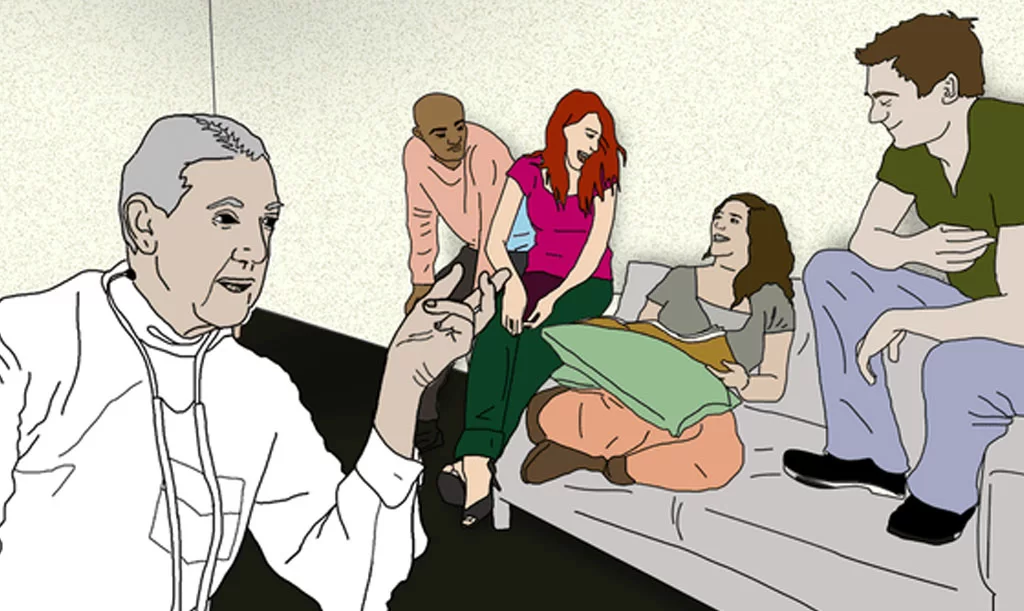
Therapeutic communities are generally long-term residences (though outpatient options do exist) that aim to use fellowship and peer-support to combat addiction. There are many different forms of TCs, some catering to individuals with dual diagnosis, the LGBTQ+ community, adolescents, and various other issues and populations. TCs leverage the power of many, and as clients progress through them they often are given positions of responsibility and even employment. The approach taken at these facilities is often described as “community as method”, where active participation in a household, and the responsibilities of social life “drive individual change and the attainment of therapeutic goals.” Therapeutic communities are especially beneficial to young people, those with severe addiction problems, and at-risk groups. They have also proven effective at boosting participation in aftercare. However, the structured, regimented nature of life in TCs and the time commitment involved mean that they aren’t the right solution for everyone.
Trauma-Informed Therapy
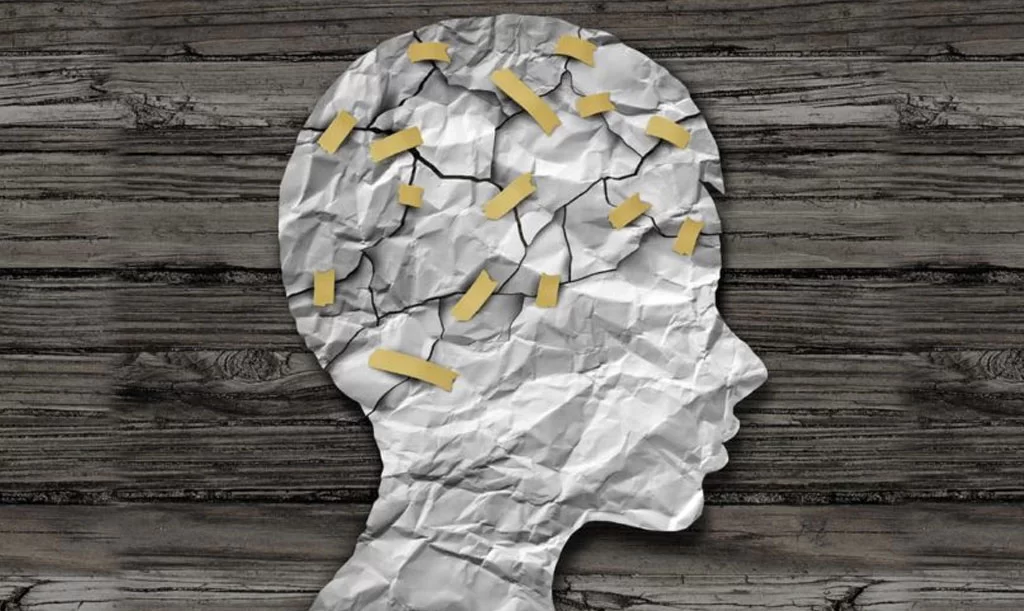
Trauma-informed therapy is a method developed by Dr. Stephanie Covington, among others, as a way to offer more effective treatment for health issues, particularly for women and girls. The American Department of Health and Human Services estimates that up to 99% of women in substance abuse treatment have suffered trauma, and both males and females who have suffered Adverse Childhood Experiences are far, far more likely to develop substance abuse issues. Trauma-informed therapy essentially entails that your treatment provider will have an awareness of how trauma reshapes the brain and alters responses to stressors, and uses that knowledge not to address the trauma, but its symptoms. Utilizing the strategies and techniques of trauma-informed therapy can be a game-changer in treating addiction, as it works to establish safety (defined as stability, adequate supports, and coping skills) before addressing serious issues and processing the roots of trauma. This approach minimizes the harms that can be caused by diving into painful memories and emotions before the patient has the coping skills to deal with them.
Next Steps

As you can see, there are myriad options for dealing with the pain which has driven your addiction, and the pain which your addiction has caused. We strongly recommend looking at all of them, and honestly assessing your personality and your needs before deciding on a course of treatment. Remember, there’s no harm in experimenting with different forms of therapy. If you have any questions about Naikan, kundalini yoga, or any of the other holistic options offered at Tabula Rasa Retreat, don’t hesitate to get in touch!


